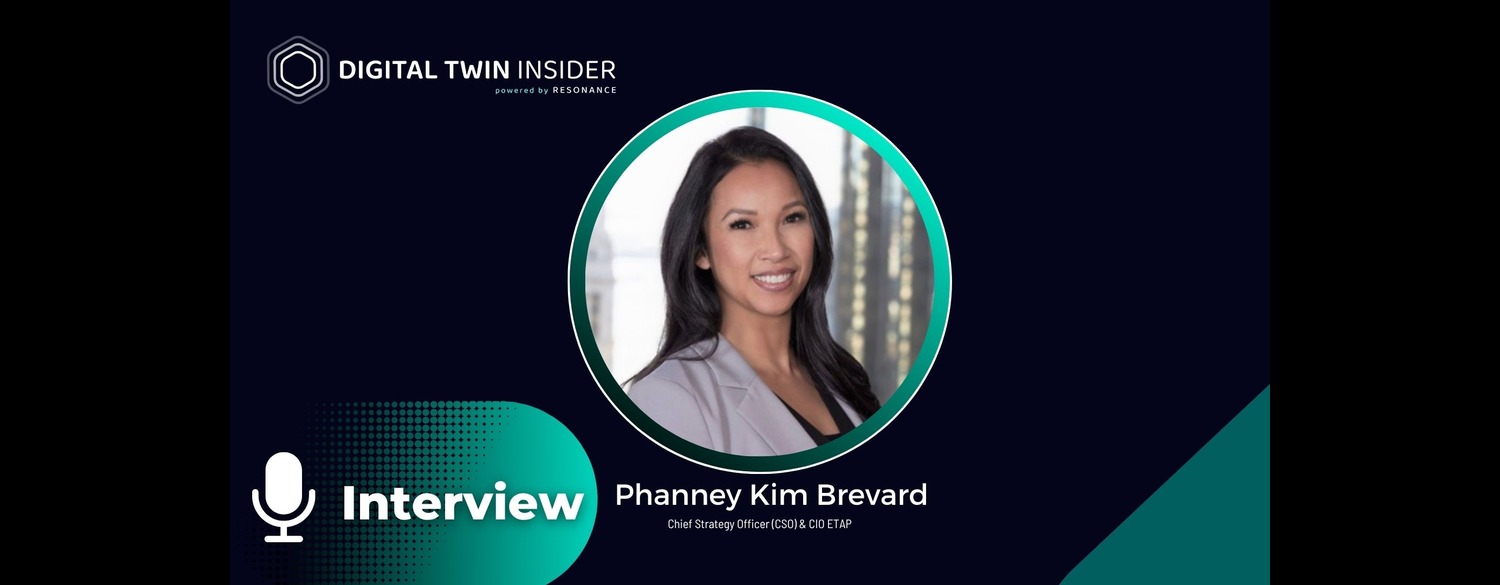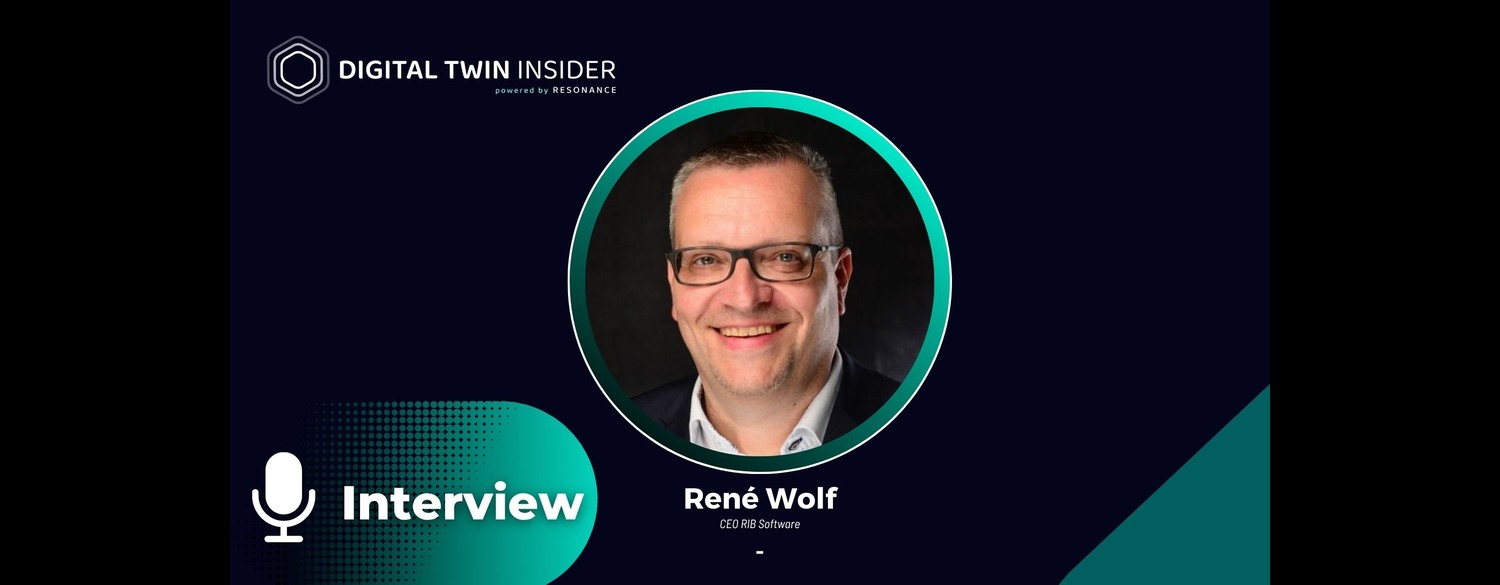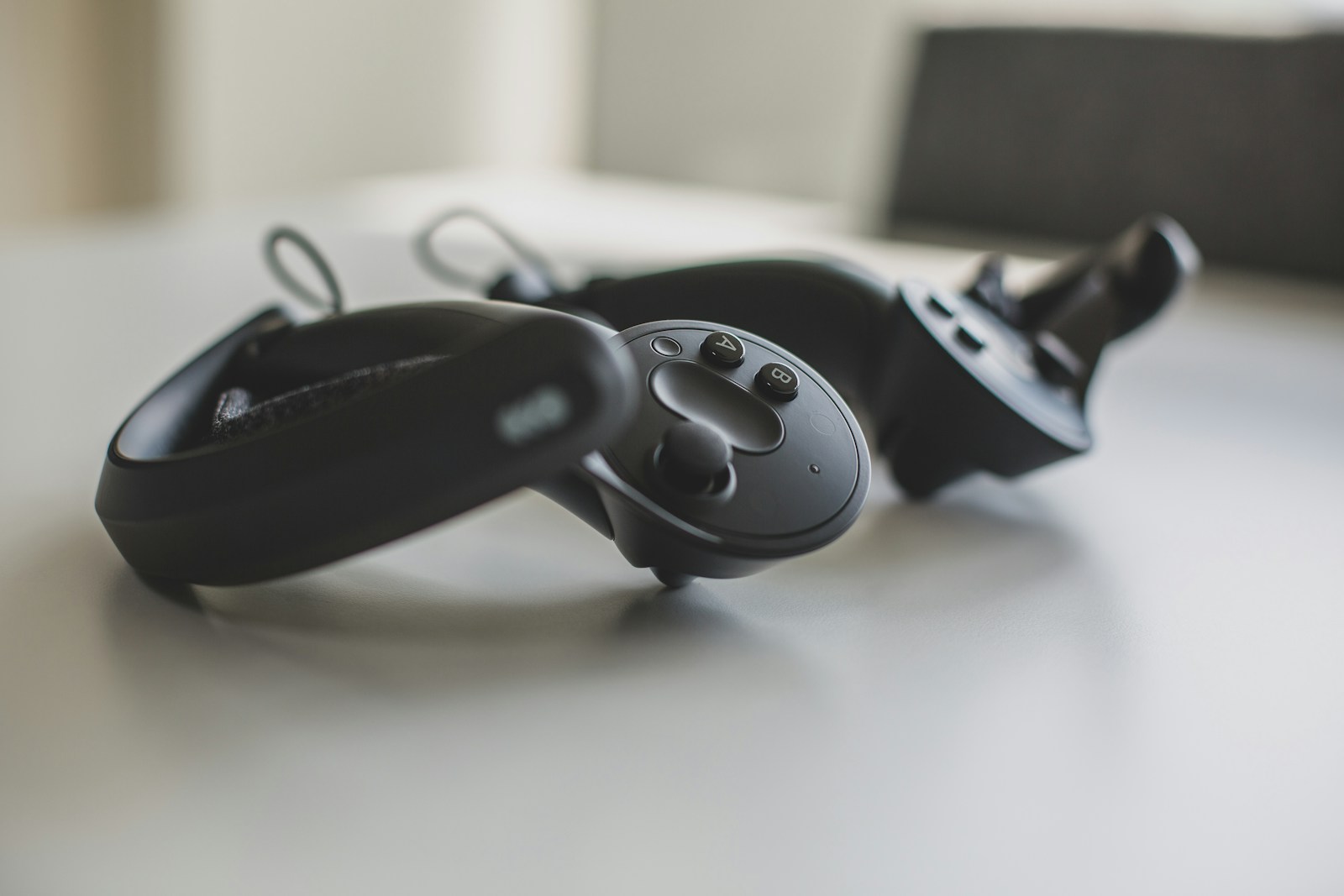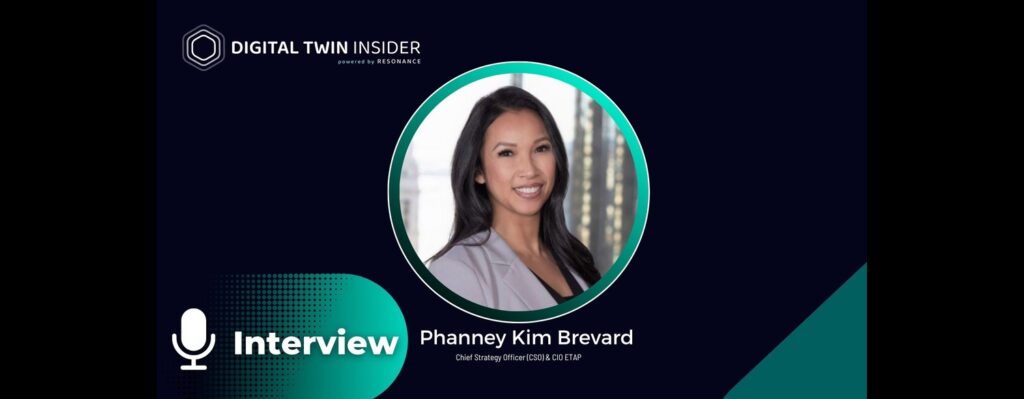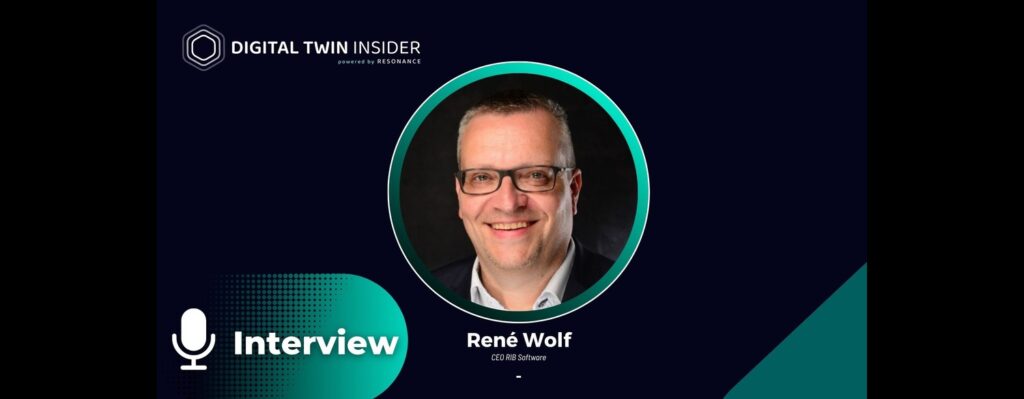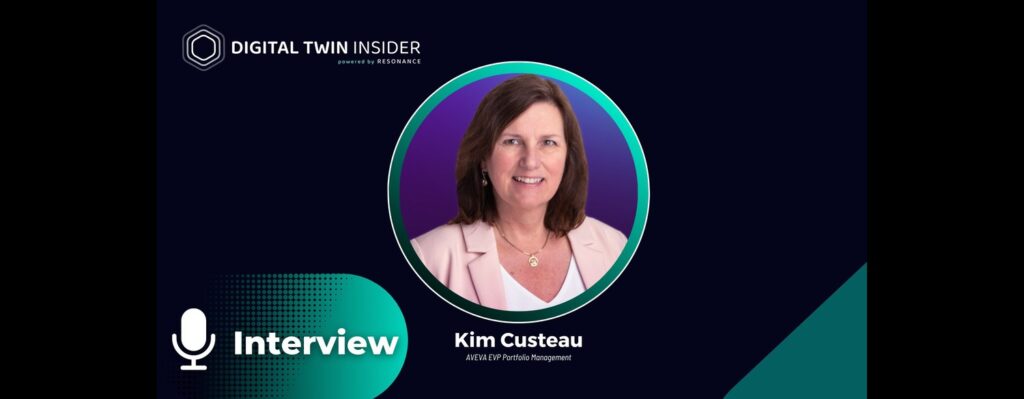How can digital twin technology drive innovation in electric vehicle research? Fraunhofer ISE’s Digital Grid Lab seems to have the answer.
At the forefront of e-mobility research, the Fraunhofer Institute for Solar Energy Systems (Fraunhofer ISE) is leveraging the capabilities of Hardware-in-the-Loop (HIL) technology to drive innovations in electric vehicle charging and energy management. Dr. Bernhard Wille-Haußmann, group leader at Fraunhofer ISE’s Digital Grid Lab, shared insights into their cutting-edge projects and the pivotal role of Typhoon HIL in transitioning from software simulations to real hardware testing.
“The HIL helps us to do the project from starting with pure software going to the real hardware and in the end of the project, hopefully, the whole system will be in the lab, and we can do in a power HIL test, doing the whole functionality test with PV grid and residential load and also the efficiency test of the residential system,” stated Wille-Haußmann.

One of their major undertakings involves developing “a lifetime optimized energy management for stationary and residential battery systems.” By integrating Typhoon HIL, they can accurately test and validate the workflows of charging devices, ensuring optimal performance and longevity.
As the e-mobility market rapidly evolves, Wille-Haußmann envisions future applications of HIL technology, stating: “We have to want to test, on the one hand the solar optimized charger for first residential, but then also we want to go to the bi-directional charger to test the efficiency and the behavior of bi-direction charging, for example, vehicle to home applications.”
With Fraunhofer ISE’s robust HIL infrastructure, comprising “several Typhoon HIL computers,” they can seamlessly transition from pure software simulations to comprehensive hardware-in-the-loop testing, enabling rigorous evaluation of solar-optimized chargers, bi-directional charging systems, and overall system efficiency.
As the digital twin technology continues to gain traction, Fraunhofer ISE’s pioneering work demonstrates its transformative potential in accelerating e-mobility innovations, optimizing energy management, and paving the way for sustainable transportation solutions.
If you found this article to be informative, you can explore more current Digital Twin news here exclusives, interviews, and podcasts.






